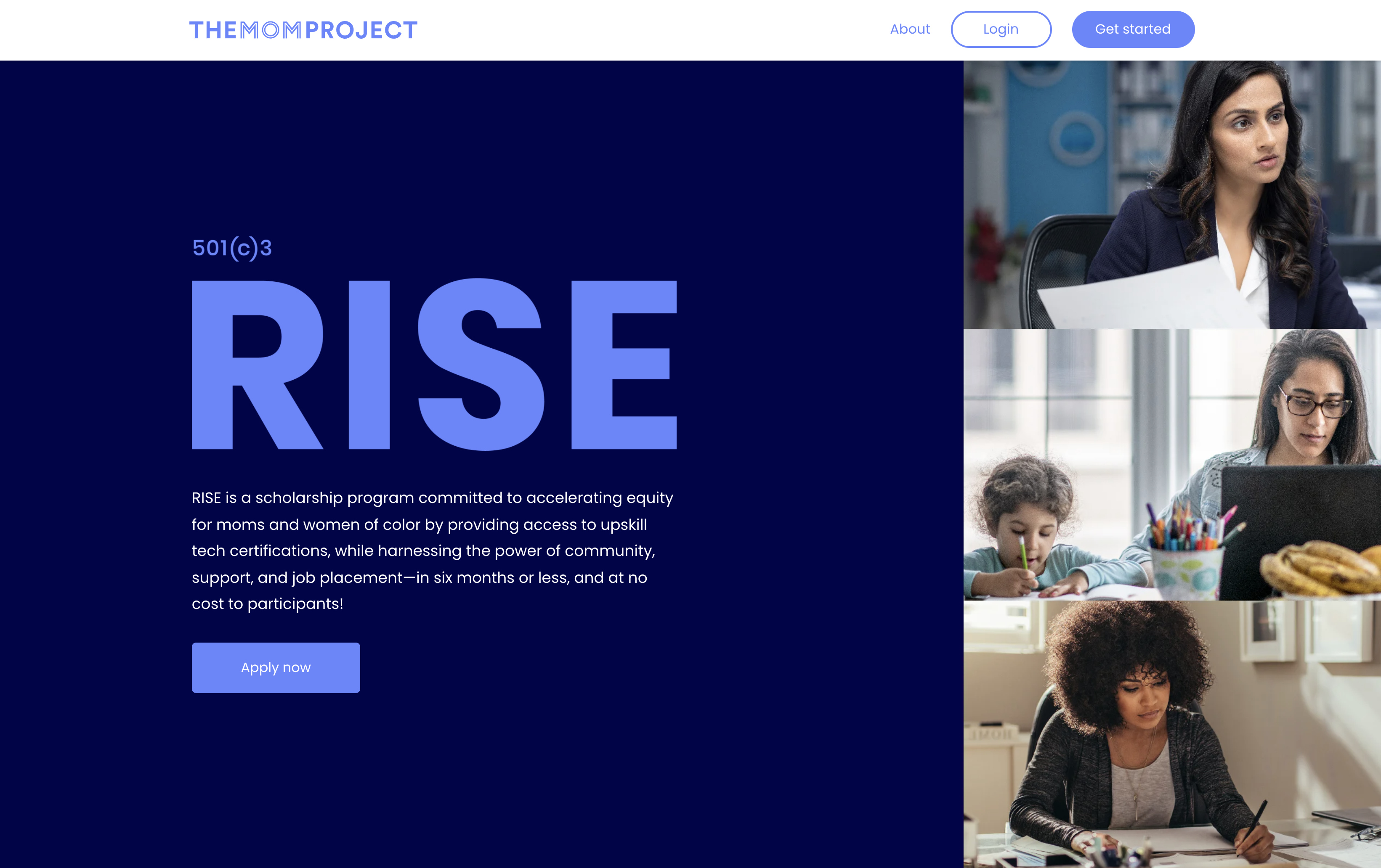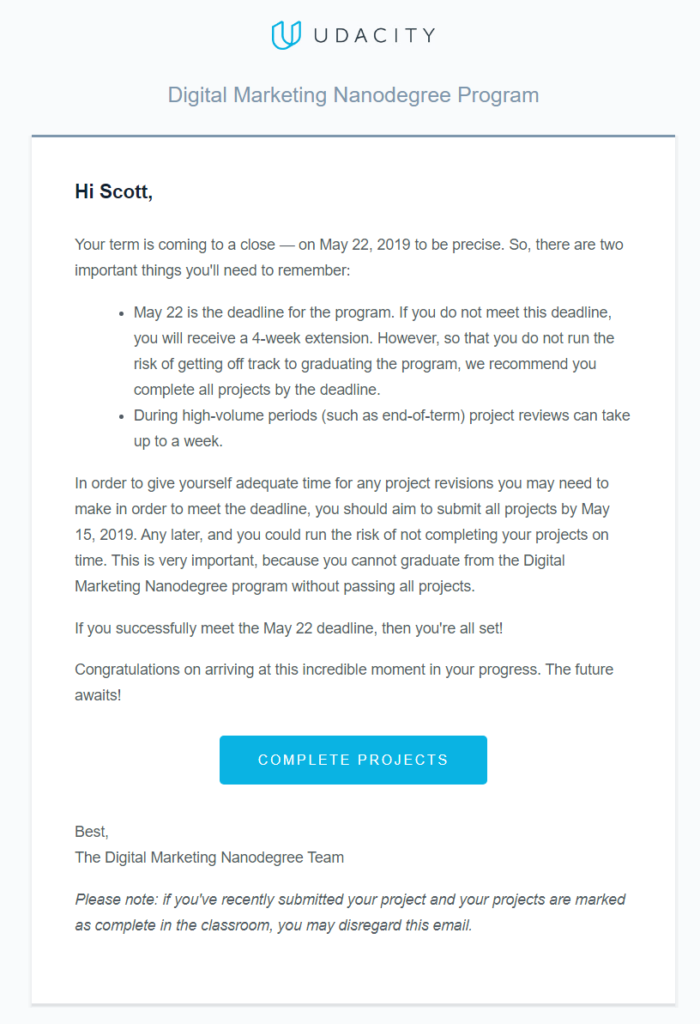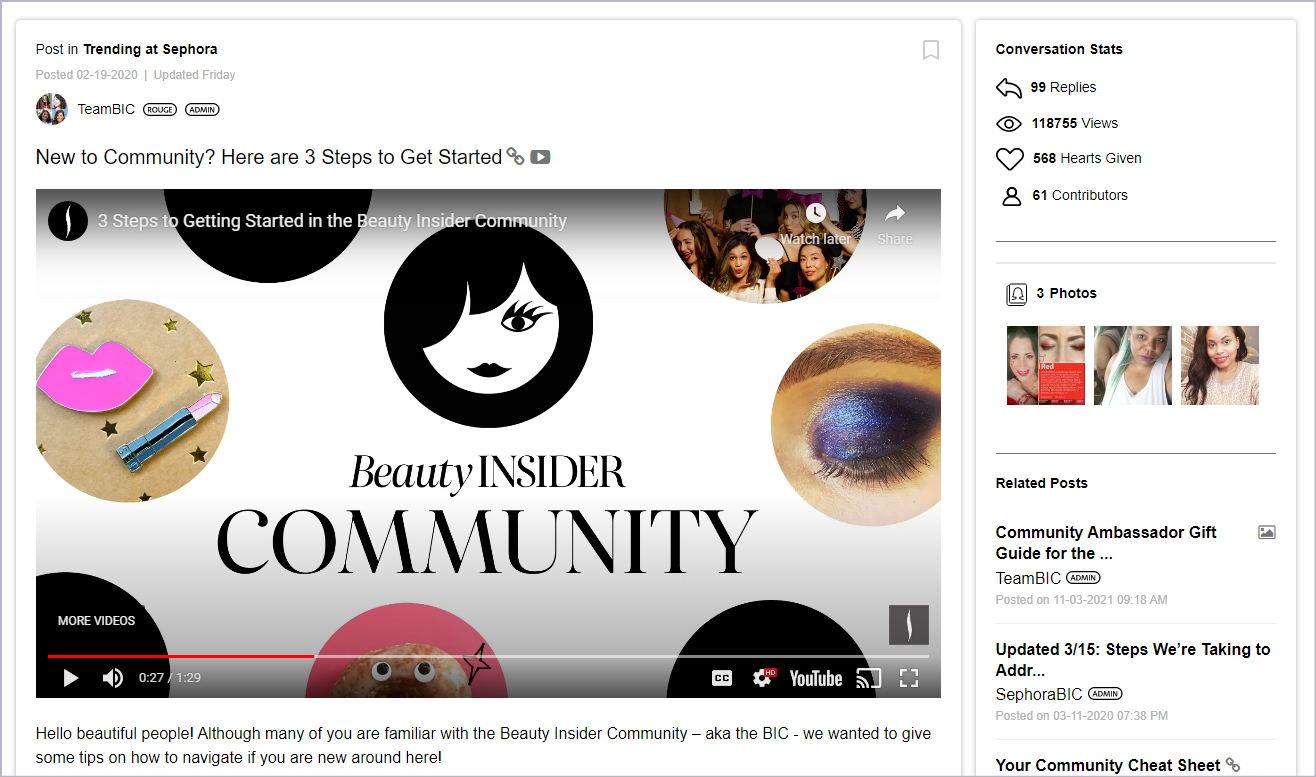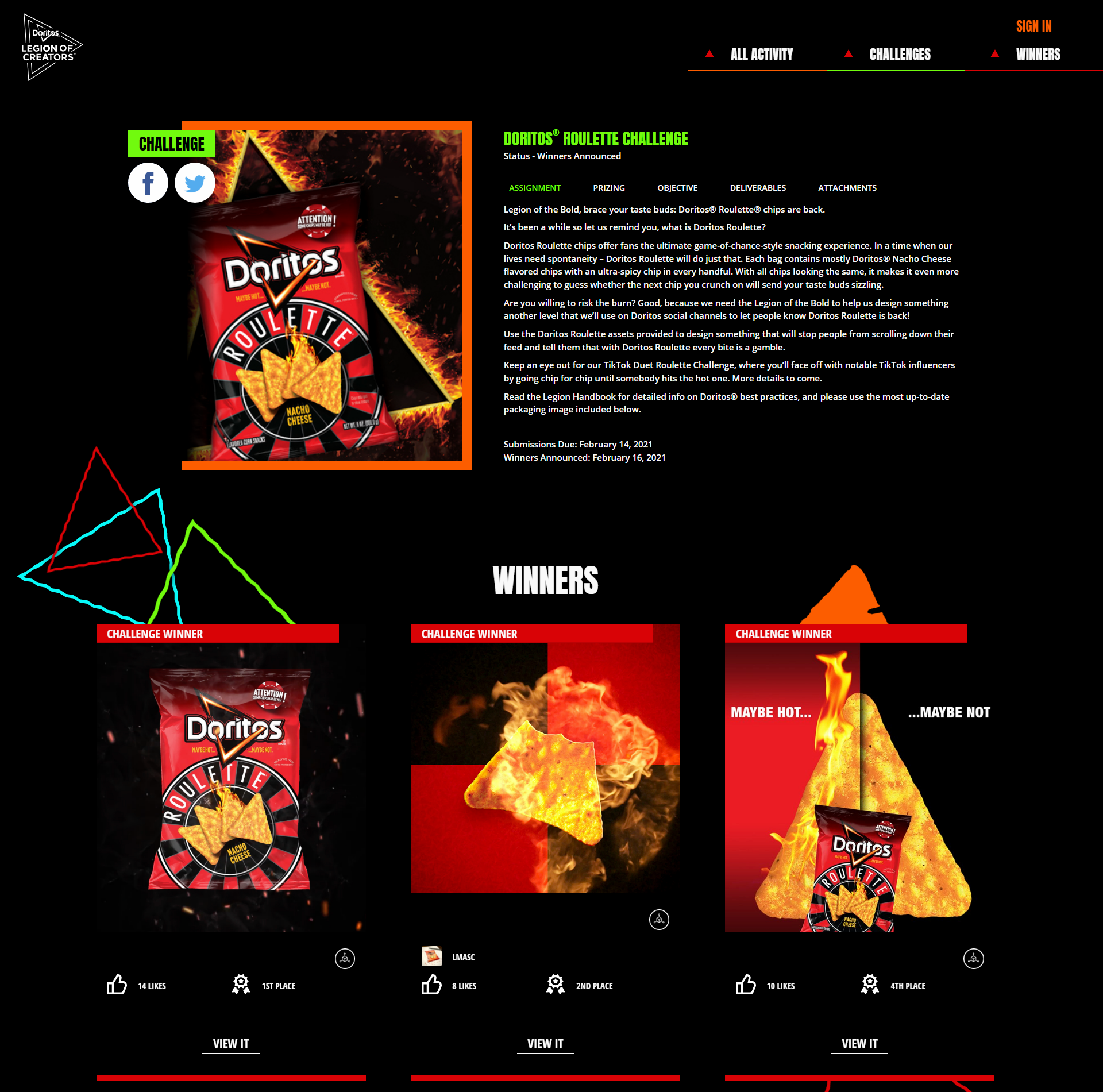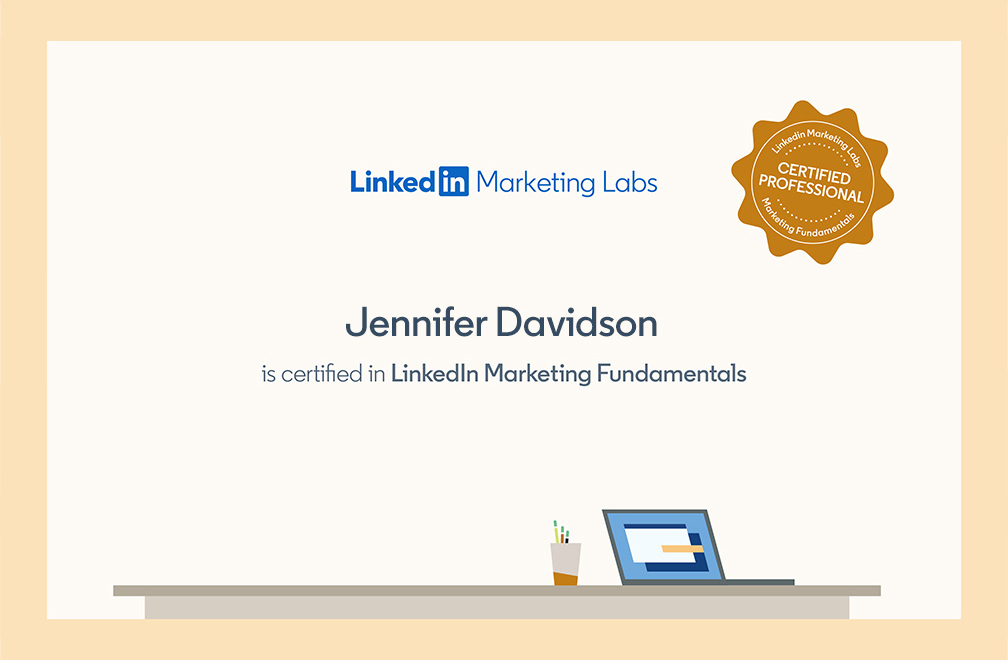We are in the midst of an educational renaissance made possible by rapid changes in technology and society. For nearly a decade, growth in online learning has outpaced traditional enrollments, and recent events have served to push this growth even higher. More and more, individuals looking to meet their personal and professional goals, and companies looking to bridge skills gaps in their workforce, are turning to online courses. But the same factors that have attracted unprecedented numbers of students to online courses have also attracted more competition looking for their pieces of this growing market.
An increase in choice means students will demand higher quality and better learning outcomes from online courses.
Successfully marketing online learning resources in 2022 means finding ways to set your courses apart from the growing crowd, building real connections with your users, and turning happy customers into loyal brand advocates.
Take Advantage of the ‘New Year, New You’ Attitude
New beginnings, such as the start of a new year, are a great opportunity for people to start fresh, build better habits, take on new hobbies, and learn new skills. And this means that the winter months are the perfect time to focus on attracting new students for online courses.
A 2021 survey found that an overwhelming majority of New Year’s resolutions focused on self-improvement. While improving physical fitness was the most common response, 21% of respondents chose activities related to ‘pursuing career ambitions,’ and 14% said ‘taking up a new hobby’ was their goal for the new year.
But January 1st isn’t the only chance to help new students start fresh. The year is full of ‘new beginnings’ that marketers can take advantage of. The Mom Project, for example, focuses on helping women reenter the workforce after a career break by providing learning opportunities, so hard-working women have the skills they need to stay on top.
Rise, The Mom Project’s scholarship program, helps moms and women of color acquire valuable upskill certifications-and connects them with a rich support network and job placement assistance-in as little as six months or less.
There are new beginnings we all experience together, such as changing seasons, and fresh starts that we all experience at different times in our lives, like birthdays, graduations, or starting new jobs. Whatever the reason, these milestones are a perfect opportunity to help people learn the skills they need to be successful in their fresh starts and new beginnings.
Keep Users Engaged by Building Meaningful Connections
Just as truly successful people know that graduation is one of the many important milestones of lifelong learning, successful marketers know that acquisition is the first of many steps in the marketing journey.
Of course, finding new customers is vital to any successful marketing strategy, but to see the maximum benefits to the bottom line, you need customers who come back time and again. In fact, Fred Reichheld of Bain & Company explains, “Across a wide range of businesses, customers generate increasing profits each year they stay with a company … for example, a 5% increase in customer retention [can produce] more than a 25% increase in profit.”
One of the strongest and most straightforward strategies for increasing customer retention is to promote trust in your brand by building meaningful connections with your audience. In fact, in their 2021 Trust Barometer Special Report, global communications firm Edelman found that 40% of individuals would stop buying from brands owned by companies they did not trust. To build meaningful connections based on trust, you will need to make your customers feel like they are valued individuals and also part of a shared community.
Personalize the Communications Pipeline
By making an effort to understand the unique motivations and challenges students face and providing personalized communications, feedback, and individualized support, online learning platforms can help ensure learners stay engaged with the course and feel confident in their ability to master the material.
Online learning is a fantastic opportunity for millions of students to learn from subject matter experts around the world, without leaving home. But many students never complete self-paced, asynchronous courses. A study by Educause Review found that even when taking into account student motivations only 22% of students who ‘intended to complete a course’ received a certificate, compared to a 6% completion rate for students whose intention was to ‘browse a course.’.
A study by Educause Review found that even when taking into account student motivations, only 22% of students who ‘intended to complete a course’ received a certificate, compared to a 6% completion rate for students whose intention was to ‘browse a course.’
Luckily, strategic communication and individualized support have been shown to increase overall course completions and learner engagement. Students who received weekly update emails outlining the next steps were 40% more likely to successfully complete their course, according to a study by knowledge-sharing platform eLearning Industry. Marketers can build on these improved completion outcomes by including additional personalized support with these communications.
Learning platform Udacity sends out emails reminding students of key deadlines and steps they need to complete before each deadline arrives. These targeted communications help students overcome setbacks and stay on track to complete the courses on time.
Make it easy for learners to succeed by ensuring they have access to the right information at the right time.
Start a Community and Let Your Learners Take Part in the Conversation
By building a community where customers can connect with instructors and other students, help one another, and feel like they are a part of something bigger, marketers can create strong psychological connections between customers and the brand, speed up problem resolution, and have a ready-made group of happy customers who can be mobilized much more easily.
Recent research has shown a significant positive relationship between an individual’s score on ‘Brand Community Identification and Reward’ and their scores for ‘Consumer Brand Engagement’ with that brand. That is to say, individuals who identify strongly with and feel rewarded for being a part of a brand’s community tend to exhibit higher levels of engagement and loyalty to that brand. And as we can see from examples such as Harley-Davidson’s Harley Owners Group (with its clever acronym: H.O.G.) or Sephora’s Beauty Insider Community, brands that create communities that promote belonging and offer members unique and rewarding experiences can achieve astronomical returns in brand loyalty and engagement.
Source: Sephora
And there are plenty of community-building ideas that can be used as part of an overall marketing strategy for online courses, for example:
- HubSpot has grown its HubSpot Academy online learning platform in part due to the successful implementation of online forums where learners can ask and answer questions and digital study groups designed to help students support each other.
- Course instructors, such as Kevin Eikenberry, whose courses on LinkedIn have reached hundreds of thousands of students, have grown their networks and increased engagement with students by recommending that learners connect with them on social platforms and then following up with students and providing personalized feedback both during and after the course.
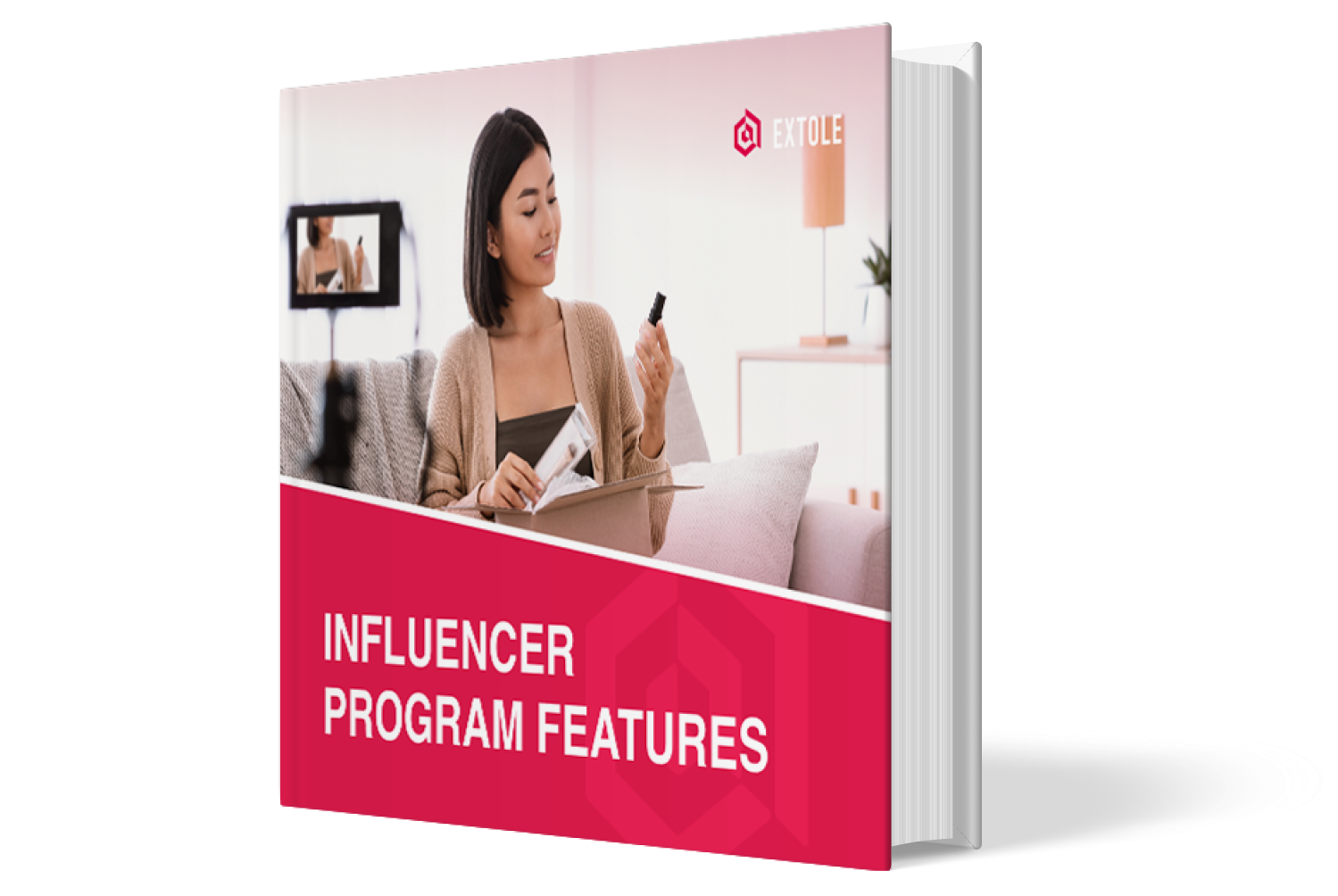
Extend Your Brand Reach With Influencer Advocates
Let your influencers create new customers. Learn how to access their followers and drive customer-led growth.
Get the GuideTurn Customers Into Your Biggest Advocates
People can tell when they see a poor-quality product, but it can be much more difficult to determine the best option when choosing between multiple high-quality choices. As consumers ourselves, we rely on reviews, word-of-mouth, and trusted references to make these decisions.
This is supported by findings from the Nielsen Global Online Consumer Survey, which found that “peer recommendation is the most trusted channel, trusted ‘completely’ or ‘somewhat’ by 9 out of 10 respondents worldwide.”
We all know that old saying: “if you have to say you’re cool, you’re definitely not cool.” But, you know what is cool? Seeing your thousands of happy customers get on social media and tell all their friends how cool they think your online courses are. It can be much easier to market your online courses when you give your users the tools they need to do the talking for you.
Make It Easy for Users to Talk About Your Brand
User-generated content can be an incredibly valuable tool for marketers. It is a fantastic way for brands to share authentic customer experiences while also building stronger bonds with content creators. Companies that successfully empower their loyal fans and harness the creativity of the community will find that user-generated content outperforms traditional media for customer acquisition and plays a key role, in collaboration with traditional branded content, in customer retention.
Snack brand Doritos is a perfect example of how brands can support user-generated content. It gave fans of its cheesy chips everything they needed for creating fun and unique images and videos via its Legion of Creators site, including branding guidelines to help keep content in line with its brand image, and plenty of fun challenges to get users’ creative juices flowing.
Source: Doritos
But user-generated content can be so much more than simply adding logos and branded images to a user’s photos. It can also come from fans sharing their story of how a brand’s products or services changed their life.
Coursera, HubSpot, and LinkedIn provide students with certificates of completion in formats that are easily shareable on social media, giving recent graduates the chance to share their experiences with their families and friends. And marketers of online courses have many opportunities to incorporate shareable materials into their courses in the form of student projects, before-and-after photos and videos, or even video journals of students’ progress through the course.
Source: LinkedIn
By making it simple for happy customers to spread the word about your online courses and amplifying the message through social media, blogs, and other channels, marketers can ensure potential customers find authentic, credible, and personal stories to help them decide on the perfect online learning resource.
Identify Influential Voices (Of All Sizes) Within the Community
While consumers often rely heavily on recommendations from friends and family when making purchase decisions, there are also many instances where they choose to seek out opinions and reviews from highly-regarded individuals in a community, especially when dealing with complex or niche topics where those closest to them may not have the expertise required to make an accurate evaluation of the product or service.
In these situations, consumers often look to individuals who they see as knowledgeable on the subject matter or trusted within a certain community to help guide their decision-making process. Finding and empowering these trusted voices relevant to the course material can boost the results of your marketing strategy for online courses.
We can see a successful use of this approach when we look at how Audible, Amazon’s audiobook and podcast subscription service, partnered with influential users, such as photographer Jesse Driftwood, to get them to tell the story of their success using the platform (and help drive even more new customers to its service).
Source: Instagram
But not every influencer will be the right choice for every online course. Martha Stuart is an amazing chef and would be a great choice for an online course that teaches cooking skills, but would she have the same effect when recommending a course about how to program artificial intelligence technologies? Probably not.
For many subjects, marketers will have more success targeting the growing number of micro-influencers, influencers who may only have as few as 10,000 followers but who have a much closer and more intimate connection to their network.
For example, in one successful campaign, Google looked to design and DIY duo The Sorry Girls to help promote its Pixelbook laptops. The pair uploaded a single sponsored post with a giveaway contest, asking their close-knit followers to like the image and share their ideas of how they would use the chic laptop if they won the contest. Even though The Sorry Girls follower count-with fewer than 200,000 followers on Instagram at the time of the post-is nowhere near some of the more famous macro-influencers with follower counts in the millions, those followers still clicked ‘Like’ over 10,000 times and left nearly 8,000 comments on the post, resulting in a solid engagement rate for Google’s sponsored post.
Source: The Sorry Girls
Micro-influencers like this are often the most knowledgeable and visible members of niche communities and, though their recommendations don’t reach nearly as many people as traditional macro-influencers, when they speak, they tend to have a much more direct impact on their followers.
Extole Can Help You Build a Successful Marketing Strategy for Your Online Courses
With unprecedented opportunities for marketing distance-learning products, there are also more challenges and competition than ever before. Brands will need to take a much more proactive role, not only in attracting new users but in fostering a sense of community and connection between their customers and the brand.
If you’re interested in how Extole can help you build the world’s biggest marketing megaphone and hand it directly to your happy customers, we would love to give you a personalized tour of our Referral and Advocacy Marketing Platform.
Schedule a demo today!


